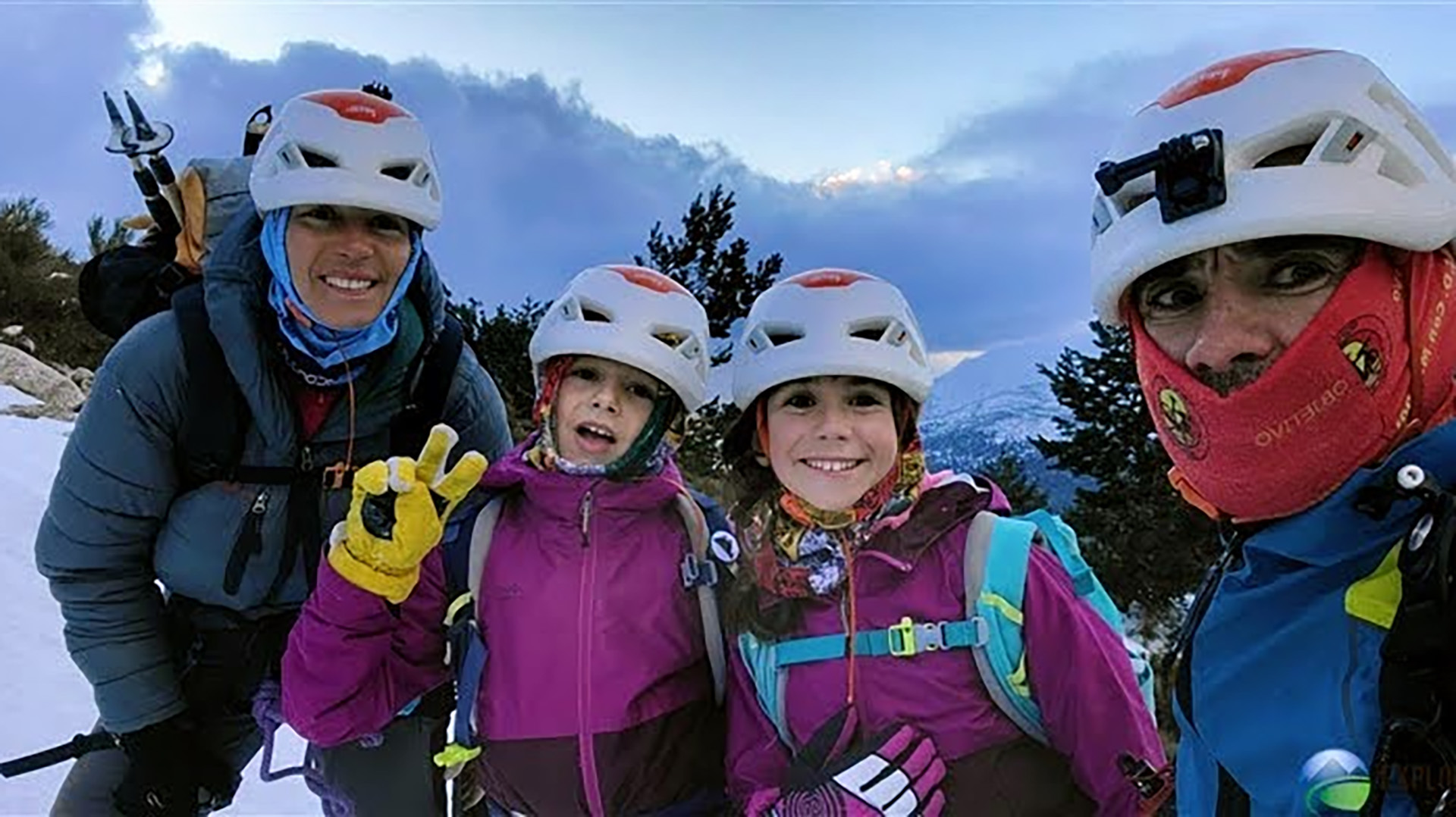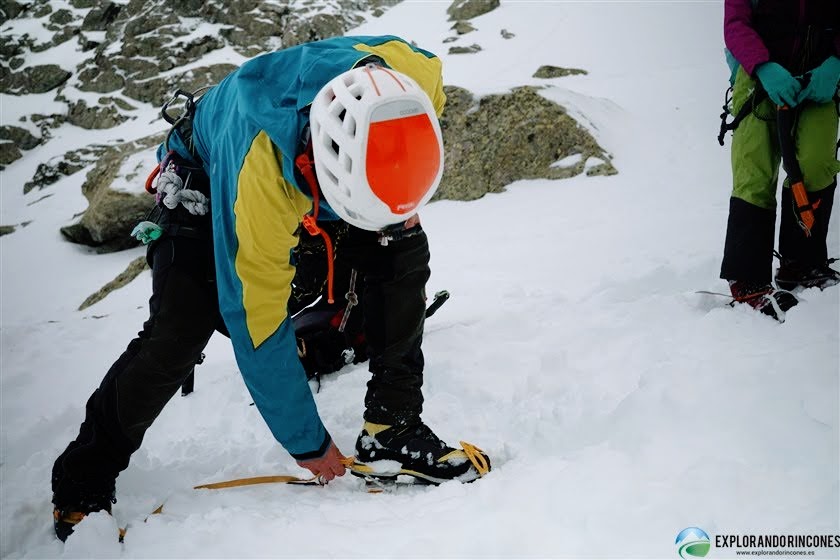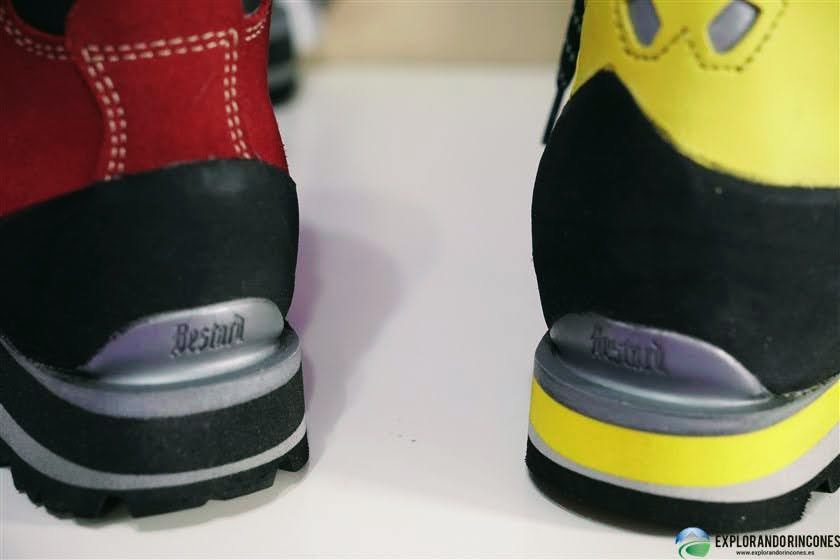Explorando Rincones – Semi-Rigid Boot
Semi-Rigid Mountain Boots: The Best Choice for Trekking?
Choosing the best mountain boot—what a question! Full of doubts, full of information to decipher among models, types, and manufacturers. But this is a serious matter. When it comes to moving through the mountains, the equipment you choose can make the difference between an unforgettable experience and a day full of problems. Semi-rigid boots have gained popularity among trekking enthusiasts thanks to their versatility, support, and adaptability. But are they truly the best option for your adventures? In this article, we’ll explore in depth what you need to know about this type of footwear to make the right decision.
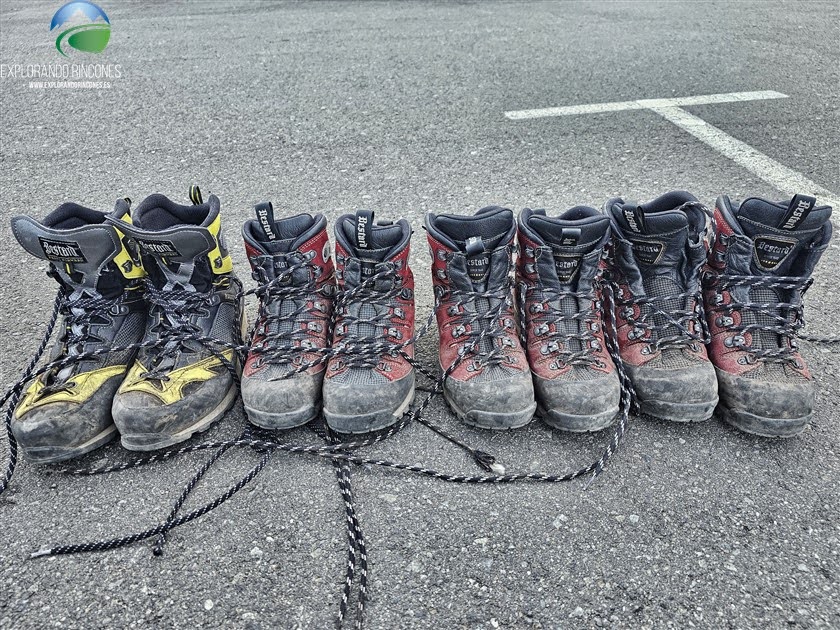
What better proof than our own boots, which we’ve worn again and again?
From our real user experience, we share information with you so that you can evaluate and decide what best fits your needs, preferences, and possibilities.
Why are semi-rigid boots a key topic in trekking?
Trekking isn’t just walking; it’s facing rough terrain, changing climates, and long days of ascending, descending, or traversing. Under these conditions, the right footwear not only protects your feet but also enhances your performance. Semi-rigid boots stand out because they offer a balance between stiffness and flexibility, making them ideal for mixed activities like technical hiking and light climbing.
What defines a semi-rigid boot?
This type of footwear is characterized by a partially stiff sole that provides additional support on demanding terrain without compromising the comfort needed for long walks. They are often compatible with semi-automatic crampons, making them ideal for mountaineering in moderate snow or ice—very necessary and important in certain terrains and conditions.
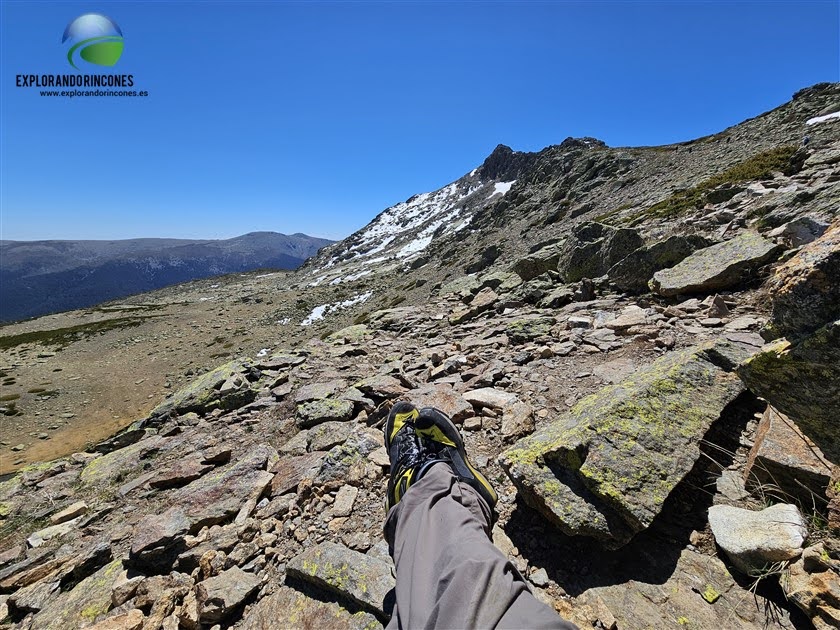
Wherever your imagination takes you, your boots will follow
We fully trust Vibram soles. After comparing many others, Vibram gives us exceptional grip, traction, stability, durability, and the possibility of replacement—qualities we haven’t found with other brands. Our advice: always try to get this type of sole.
Note, as mentioned in our video on the FF Alpine Semi-Rigid Boots, not all Vibram soles are the same. Each boot is assigned a specific sole by the manufacturer based on its intended use.
Main Characteristics of Semi-Rigid Boots
1. Sole construction
Semi-rigid boots have partially stiff soles made from high-density rubber and polyurethane. These provide:
-Traction on uneven surfaces
-Support to avoid fatigue during long ascents
-Safety
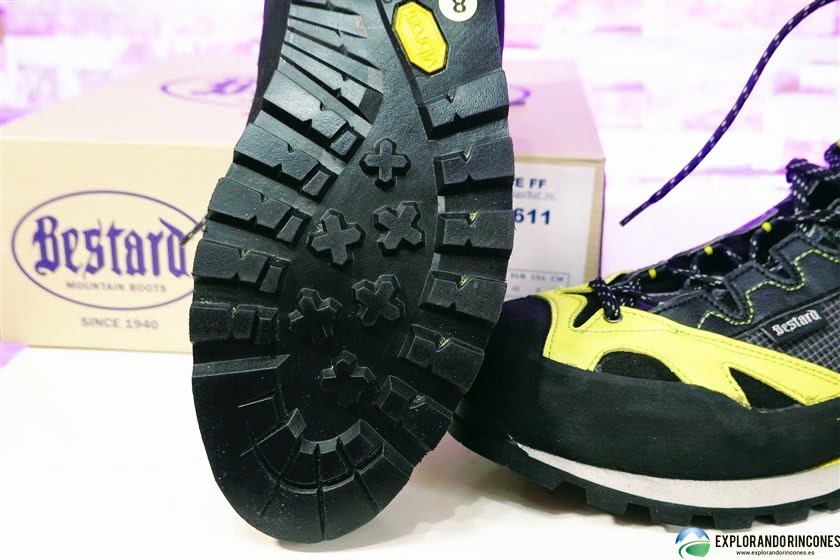
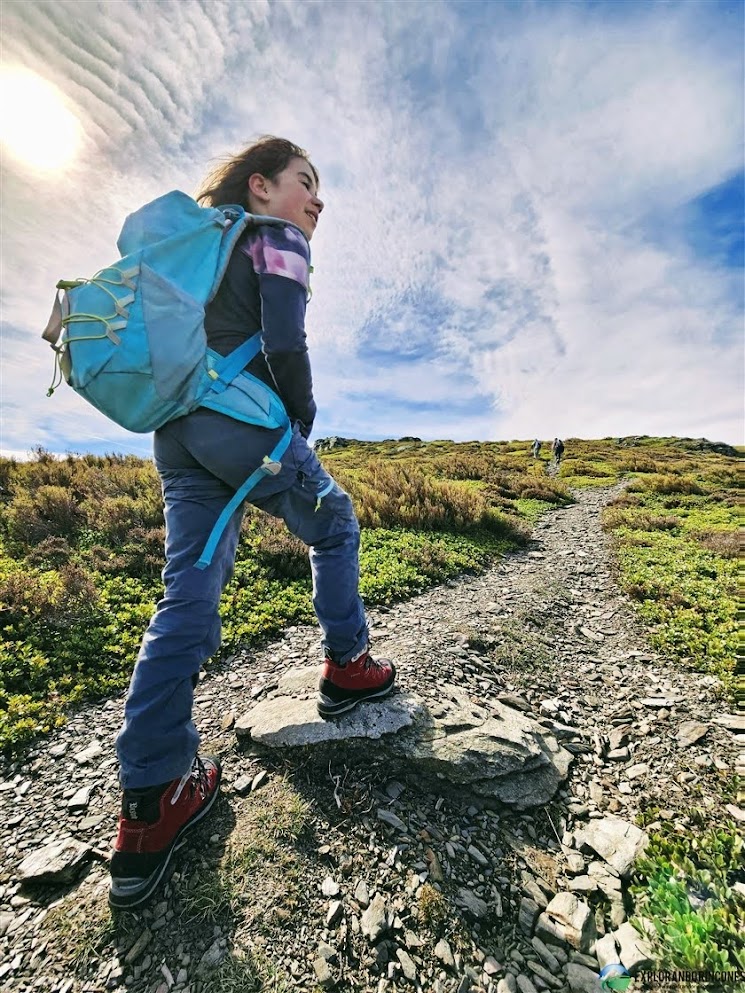
2. Compatibility with crampons
A highly valued feature is their ability to work with semi-automatic crampons—essential for high-mountain trekking or glacier crossings.
- Bota para crampones semi automáticos
- Hendidura trasera para los crampones
3. Durable outer materials
Typically made of reinforced leather or abrasion-resistant materials like rubber, Kevlar, and others that allow breathability while ensuring firmness and durability. Internally, they often feature a synthetic lining such as Gore-Tex, offering both waterproofing and breathability.
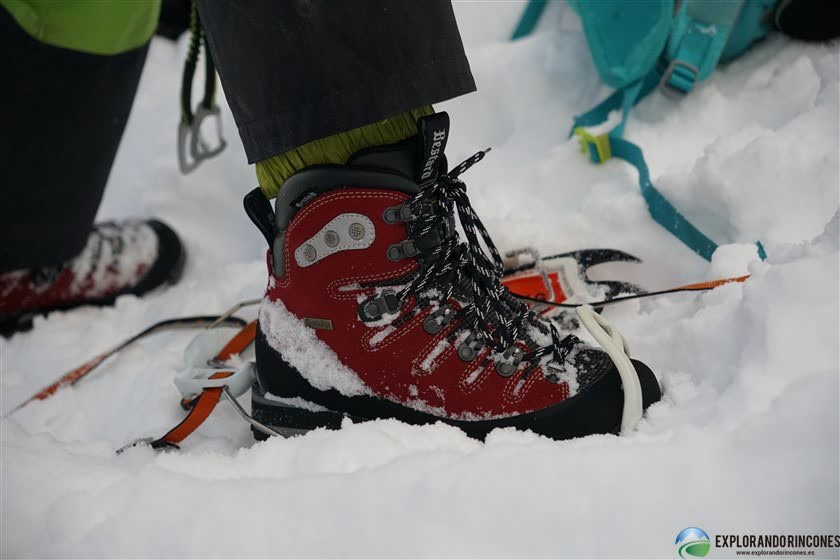
Advance K Pro de Bestard
4. Intermediate weight
Though heavier than flexible boots, they are significantly lighter than rigid ones, striking a perfect balance for varied terrain.
Advantages of Semi-Rigid Boots for Mountain Hiking
Choosing semi-rigid boots can enhance your experience in several key ways:
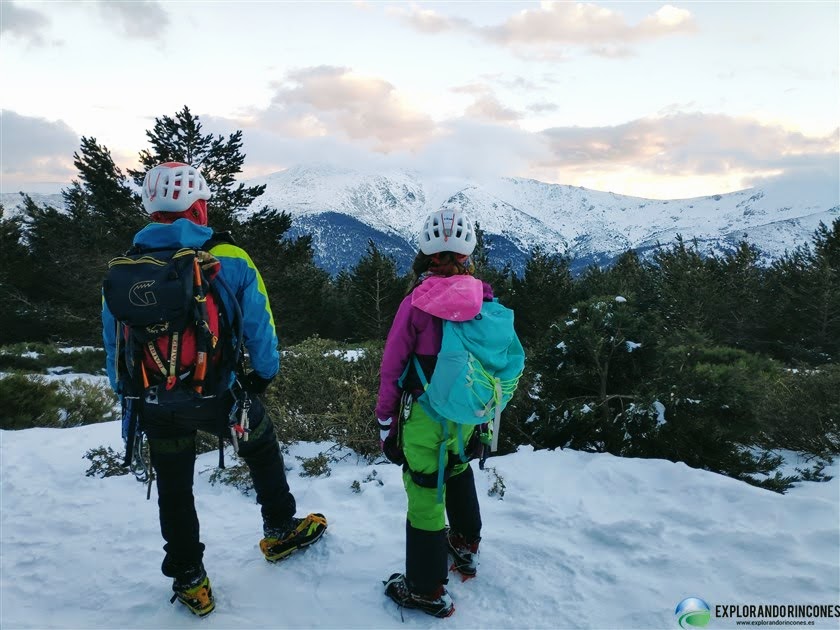
Minimizing fatigue by providing the necessary safety and comfort is the job of a good boot.
1. Stability and support
Thanks to the partially stiff sole, these boots offer more foot support, reducing injury risk on uneven terrain.
2. Versatility
Perfect for mixed conditions: from forest trails to technical ascents on rock or snow.
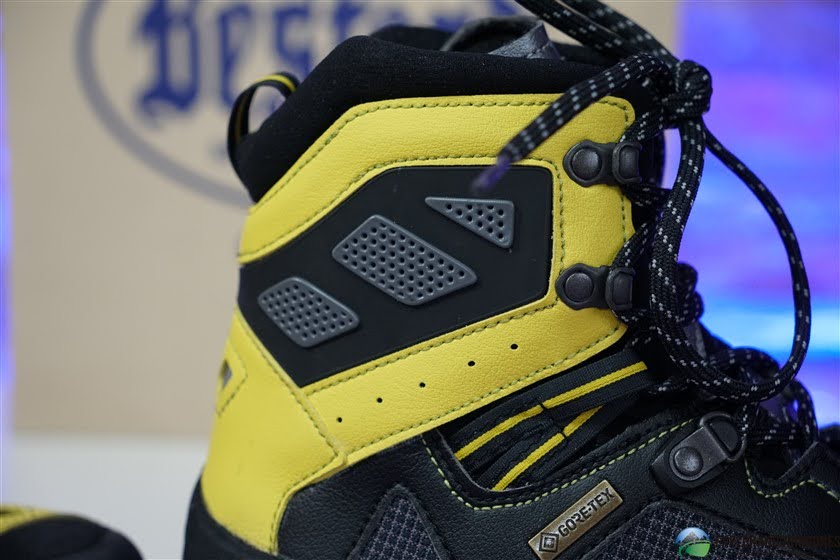
Cooling system in the upper part of the boot to evacuate sweat, making the foot as breathable as possible.
3. Durability
Their high-quality materials ensure they resist wear and tear even in tough conditions. Quality materials are foundational, so always look for reputable brands with strong references.
4. Protection from the elements
With waterproof and insulating membranes, your feet will stay dry and comfortable, even in wet or cold conditions. Lateral reinforcements also help avoid cold, friction, or boot tearing, while offering lateral support and traction.
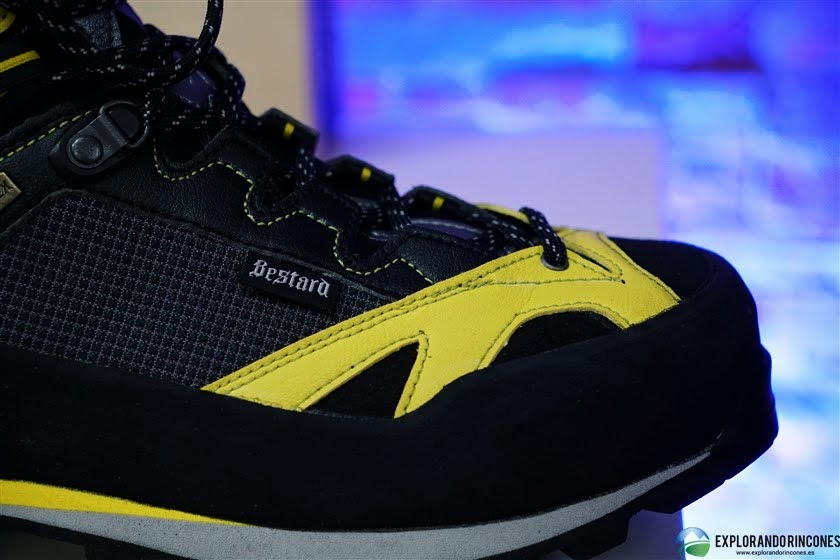
Bestard Alpine FF
When to Choose Semi-Rigid Boots Over Other Footwear?
The right type of boot depends on the terrain, the duration of the activity, and weather conditions. Semi-rigid boots are ideal for:
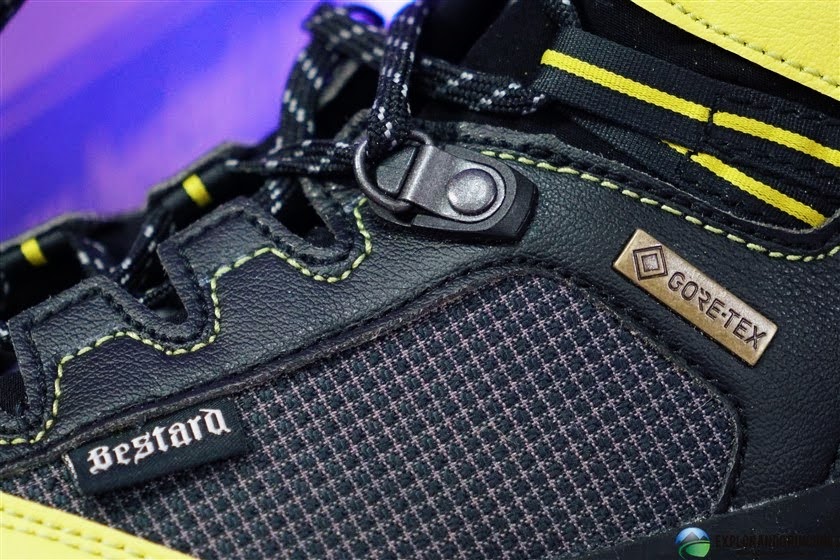
Multi-day trekking: Perfect for long routes with varied terrain
Winter routes: Great when crampons are needed for snowy or icy sections
Moderate technical mountaineering: For climbs combining trekking and light climbing
That said, if you’re planning simple routes in warm climates, a more flexible boot might suffice. Trail running shoes are also gaining popularity for long distances, though they lack many essential features for safety in mountaineering.
VIDEO: SEMI-RIGID MOUNTAIN BOOTS
In this video, we review the Bestard Trek Alpine FF semi-rigid boots, a high-quality boot combining many key features. Bestard is a Spanish manufacturer with a strong tradition in footwear.
At 1,350 grams per pair (UK size 8), the FF Trek Alpine from the Fast Forward line matches the modern trend of “Fast & Light” mountaineering. Its minimalist design and CloseFitSystem technology provide exceptional comfort and precision, while the TMS System in the upper offers optimal support and freedom of movement. It also efficiently wicks moisture from inside the boot.
Wearing these semi-rigid boots feels like wearing a sports shoe—but with mountain boot performance: rigidity, robustness, and protection for alpine trekking, glacier travel, and semi-technical ascents.
How to Choose the Best Semi-Rigid Boots: A Practical Guide
When buying your boots, consider the following:
1. Fit
Good fit is essential. They should be snug but comfortable, without pressure points. Test them with the socks you’ll wear on the mountain.
2. Crampon compatibility
If you plan to use crampons, ensure the boots work with semi-automatic models.
3. Materials
Look for waterproof, breathable materials like Gore-Tex for comfort in varying climates.
4. Weight
Choose a model that won’t tire you out on long hikes. Heavier boots are generally more robust. Trail shoes are more comfortable for some areas but problematic for others—it’s up to you to decide when to use one or the other.
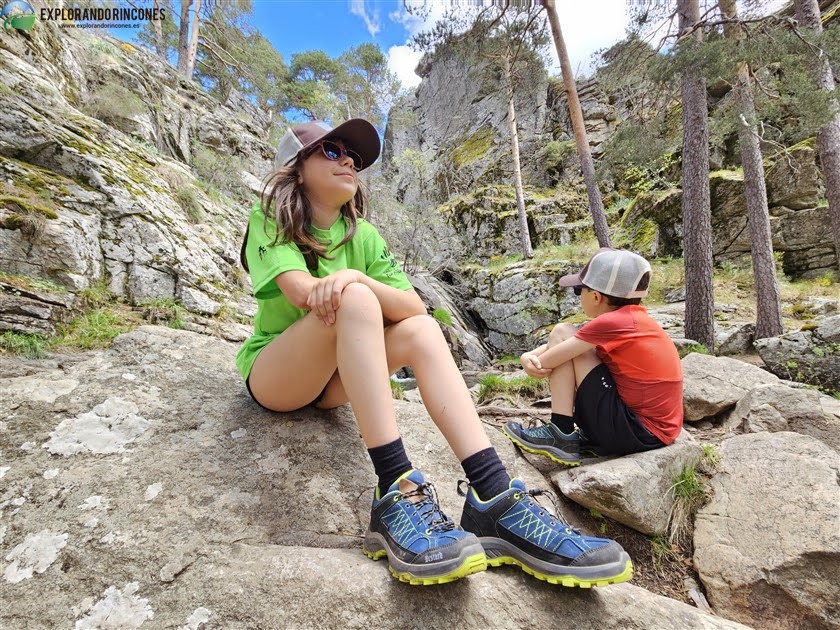
Bestard Rock zapatillas de Senderismo para niños
Care and Maintenance of Semi-Rigid Boots
To extend your boots’ lifespan, follow these tips:
- Clean regularly: Wipe off mud and dirt after each use.
- Dry properly: Let them dry at room temperature, never use direct heat.
- Periodic inspection: Check soles and stitching for wear or damage.
- Waterproofing: Apply specific products to maintain water resistance.
Alternatives to Semi-Rigid Boots: Quick Comparison
While very versatile, semi-rigid boots aren’t always the best option. Depending on your activity, preferences, and tolerance, other choices might be more suitable:
|
Footwear Type |
Advantages |
Disadvantages |
| Flexible boots | Lightweight and comfortable for easy trails | Less support on technical terrain |
| Rigid boots | Maximum stability on extreme terrain | Heavier and less comfortable for walking |
| Trekking shoes | Lightweight and fast | Less protection and support |
Conclusion: Are Semi-Rigid Boots Your Best Choice for Trekking?
Semi-rigid boots are an excellent option if you’re looking for versatile footwear that handles varied terrain and demanding conditions. They offer the perfect balance of comfort, support, and protection, making them ideal companions for hikers and mountaineers tackling mixed routes. However, the right choice always depends on your specific needs and the type of activity you’re planning.
So, before your next trip, make sure you’re equipped with the right boots to enjoy every step of the journey!
You can always get more information from mountain gear stores or talk to professionals who work directly with these products and brands. We’re final users sharing our real-world experience, which we hope is valuable—but there are many ways to evaluate your decision.
We are Explorando Rincones Montañeros
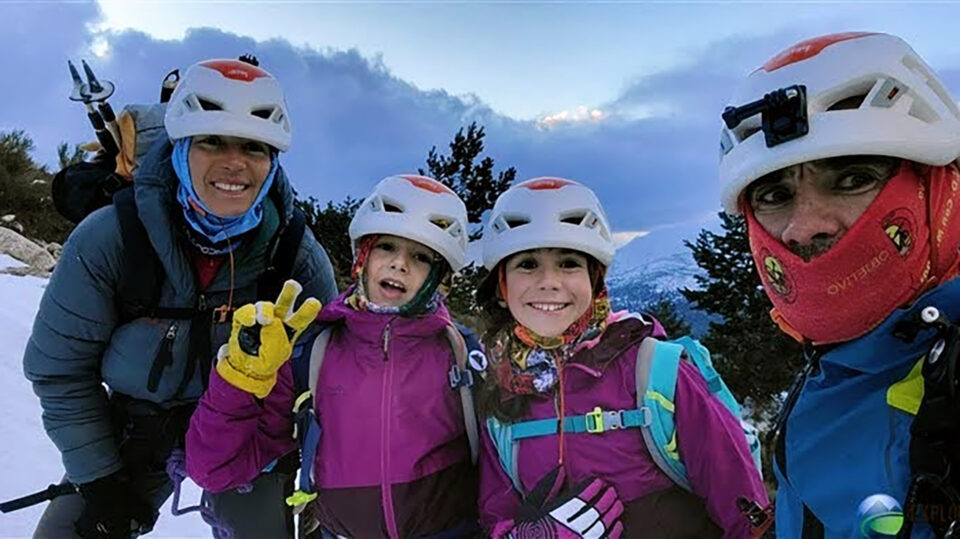
TIPS
Outdoor sports involve risk; it’s recommended to have liability insurance or be part of a mountaineering federation.
Be in good physical condition appropriate to the activity, as mountain sports are demanding.
For some activities, hiring a certified mountain guide is advisable.
We hope you enjoy the video and content on our website, YouTube channel, and social media.
Join us on this thrilling journey, follow our adventures, and discover what it’s like to conquer these ascents firsthand.
If you want to log your own activities, check out our activity journals: Hiking, Climbing, and Mountaineering notebooks here.

All disciplines covered: Mountaineering, Hiking, Climbing
On our YouTube channel, you’ll find many activities fueled by our passion for the mountains.
If you enjoy our content, SUBSCRIBE NOW:
YouTube: http://bit.ly/2VoH8PJ
Website: http://bit.ly/3930P3x
Instagram: http://bit.ly/3cdaSVt
X (Twitter): http://bit.ly/32tgDde
Facebook: http://bit.ly/39dHUCU
Telegram: http://bit.ly/2PpPnqU
Equipment: https://bit.ly/3m0WTH4
Amazon store: https://bit.ly/3RhtcE9
Social media content tool: https://mtr.cool/LLMNXG
5% Travel insurance discount: https://bit.ly/3XhwgRZ
Donations: https://liberapay.com/explorandorincones
